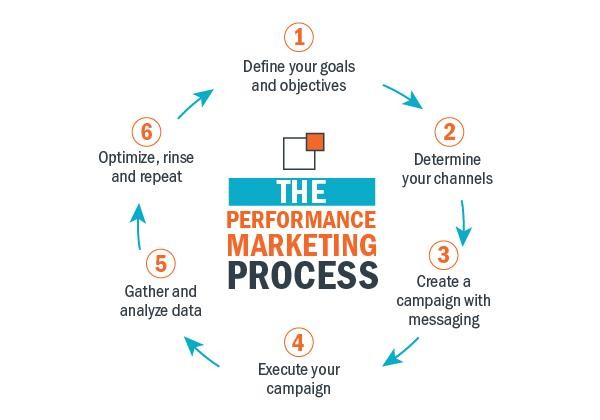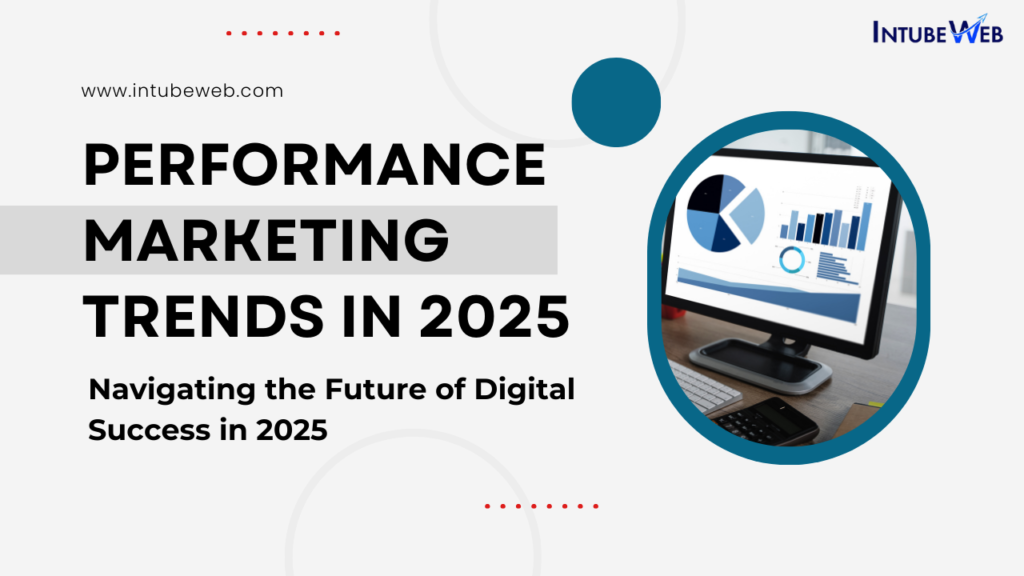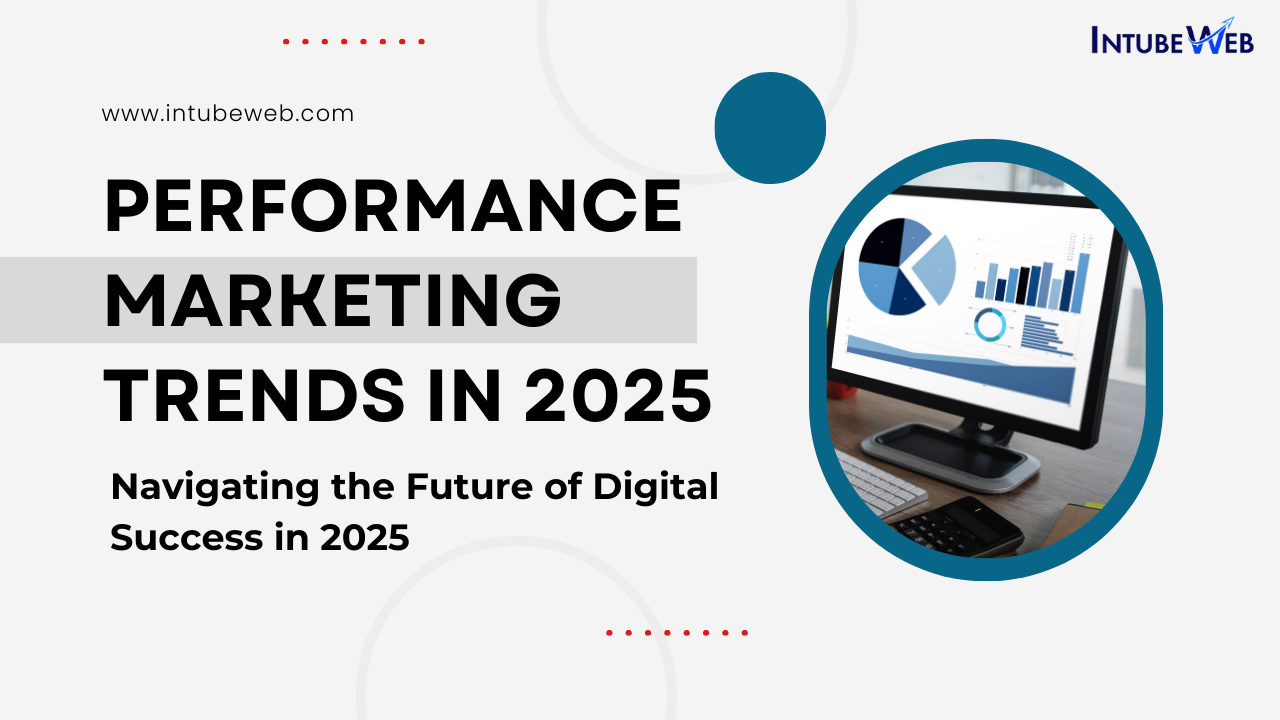Performance marketing is a data-driven approach that focuses on measurable results. It’s a strategy that aligns marketing efforts with specific business objectives, such as increasing sales, generating leads, or driving website traffic. As the digital landscape continues to evolve, so too do the trends shaping performance marketing. In this comprehensive guide, we’ll explore some of the most significant trends to watch out for in 2024.
Table of Contents
ToggleKey Characteristics of Performance Marketing:
- Measurable Results: Performance marketing is all about quantifying the success of marketing campaigns. Key metrics include clicks, conversions, cost per acquisition (CPA), return on investment (ROI), and customer lifetime value (CLTV).
- Data-Driven Approach: Performance marketers rely heavily on data to inform their strategies. By analyzing data from various sources, they can identify trends, optimize campaigns, and make informed decisions.
- Focus on Specific Objectives: Performance marketing is aligned with specific business goals, such as increasing sales, generating leads, driving website traffic, or improving brand awareness.
- Channel Agnostic: Performance marketing can be implemented across various channels, including search engines, social media, email, display advertising, and more.
- Continuous Optimization: Performance marketers constantly monitor and analyze their campaigns to identify areas for improvement. This iterative process ensures that marketing efforts are optimized for maximum results.

Common Performance Marketing Channels:
- Search Engine Marketing (SEM): This involves paid advertising on search engines like Google and Bing. It includes both search ads (appearing at the top of search results) and display ads (appearing on websites within the search network).
- Social Media Marketing (SMM): This involves utilizing social media platforms to reach and engage target audiences. It can include paid advertising, organic content creation, and community management.
- Email Marketing: This involves sending targeted email campaigns to a list of subscribers. Email marketing can be used for lead generation, customer retention, and upselling.
- Display Advertising: This involves placing ads on websites and apps. Display ads can be targeted based on demographics, interests, and behaviors.
- Content Marketing: This involves creating and distributing valuable, relevant, and consistent content to attract and retain customers. Content marketing can be used to improve brand visibility, generate leads, and establish thought leadership. 1. legacybusinessinc.com legacybusinessinc.com2. www.pk24knowladge.info www.pk24knowladge.info
- Affiliate Marketing: This involves partnering with affiliates to promote products or services. Affiliates earn a commission for each sale or lead generated.
Performance Marketing Metrics:
- Click-Through Rate (CTR): The percentage of people who click on an ad after seeing it.
- Conversion Rate: The percentage of people who take a desired action, such as making a purchase or signing up for a newsletter. 1. biznamewiz.com biznamewiz.com
- Cost Per Acquisition (CPA): The cost of acquiring a new customer.
- Return on Investment (ROI): The profit generated from a marketing investment.
- Customer Lifetime Value (CLTV): The total revenue a customer generates over their lifetime.
Challenges and Opportunities in Performance Marketing:
- Privacy Regulations: The increasing focus on data privacy can limit the effectiveness of targeted advertising.
- Ad Fraud: Ad fraud can reduce the ROI of marketing campaigns.
- Rising Costs: The competition for ad space can drive up costs.
- Attribution Challenges: Determining the exact source of a conversion can be difficult.
- Automation and AI: Automation and AI tools can help marketers optimize their campaigns and improve efficiency.
The Rise of Artificial Intelligence (AI) in Marketing
AI is revolutionizing the way marketers work. From automating routine tasks to providing valuable insights, AI is becoming an indispensable tool for performance marketers. Here are some ways AI is impacting the field:
- Predictive Analytics: AI can analyze vast amounts of data to predict future trends and customer behavior, enabling marketers to make data-driven decisions.
- Personalized Marketing: AI-powered tools can create highly personalized marketing campaigns that resonate with individual customers.
- Automation: AI can automate repetitive tasks such as social media scheduling, email marketing, and lead nurturing, freeing up marketers to focus on more strategic initiatives.
The Importance of Data-Driven Marketing
Data is the lifeblood of performance marketing. By collecting and analyzing data, marketers can gain valuable insights into their target audience, measure the effectiveness of their campaigns, and optimize their strategies. Some key data-driven marketing trends include:
- First-Party Data: As third-party cookies phase out, businesses are increasingly relying on first-party data collected directly from their customers.
- Data Privacy: With growing concerns about data privacy, marketers must ensure they comply with regulations like GDPR and CCPA.
- Data Analytics: Advanced data analytics tools can help marketers uncover hidden patterns and trends in their data.
The Continued Growth of Influencer Marketing
Influencer marketing has become a popular strategy for reaching target audiences. By partnering with influencers who resonate with their target market, brands can increase brand awareness, drive sales, and build trust. Key trends in influencer marketing include:
- Micro-Influencers: Smaller influencers with niche audiences can often be more effective than celebrities in reaching specific demographics.
- Authenticity: Consumers are increasingly demanding authentic content from influencers.
- Performance-Based Partnerships: Many brands are shifting towards performance-based partnerships with influencers, where influencers are paid based on measurable results.
The Evolution of Social Media Marketing
Social media platforms continue to evolve rapidly, offering new opportunities for marketers. Some key trends in social media marketing include:
- Short-Form Video: Platforms like TikTok and Instagram Reels have gained immense popularity, making short-form video a powerful tool for engaging audiences.
- Social Commerce: Social media platforms are increasingly becoming marketplaces, allowing brands to sell products directly to customers.
- Privacy Changes: Platforms are implementing stricter privacy measures, which can impact targeting and ad performance.
The Importance of Mobile Marketing
With the increasing use of smartphones, mobile marketing has become essential for reaching consumers. Key trends in mobile marketing include:
- Mobile-First Design: Websites and apps must be optimized for mobile devices to provide a seamless user experience.
- Mobile Apps: Businesses are investing in mobile apps to engage customers and offer personalized experiences.
- Location-Based Marketing: Leveraging location data to deliver targeted ads to mobile users.
The Future of Email Marketing
Email marketing remains a powerful tool for reaching customers. However, marketers must adapt to changing consumer habits and technological advancements. Key trends in email marketing include:
- Personalization: Using data to create personalized email campaigns that resonate with individual recipients.
- Interactive Elements: Incorporating interactive elements like quizzes, polls, and gamification to increase engagement.
- Email Automation: Using automation tools to streamline email marketing processes.
The Growing Importance of Content Marketing
Content marketing is a strategy that involves creating and distributing valuable, relevant, and consistent content to attract and retain customers. Key trends in content marketing include:
- Visual Content: The increasing popularity of visual content formats like infographics, videos, and images.
- User-Generated Content: Encouraging customers to create and share content related to your brand.
- Content Personalization: Tailoring content to the interests and preferences of individual audience segments.
The Rise of Voice Search
Voice search is becoming increasingly popular, especially with the widespread adoption of smart speakers. Marketers must optimize their content for voice search to ensure it appears in search results.
The Importance of Measuring ROI
In performance marketing, it’s essential to measure the return on investment (ROI) of your campaigns. This helps you determine which strategies are working and which need to be adjusted. Key metrics for measuring ROI include:
- Cost per Acquisition (CPA): The cost of acquiring a new customer.
- Return on Ad Spend (ROAS): The revenue generated for every dollar spent on advertising.
- Customer Lifetime Value (CLTV): The total revenue a customer generates over their lifetime.
Conclusion
The performance marketing landscape is constantly evolving, and it’s essential for marketers to stay up-to-date on the latest trends. By embracing AI, data-driven marketing, and emerging technologies, marketers can create effective campaigns that drive results and achieve their business objectives.Sources and related content
Thank you for taking the time to read this blog post. If you have any questions or would like to learn more about Youtube SEO, please feel free to leave a comment below.
You may read -: Why SEO is undoubtedly most important for your Business in 2024?
We are here for Your Growth: Drive Measurable Growth: intubeweb Executes High-Impact Marketing Campaigns for Businesses Book a Call now!
Want to know more about Intubeweb – Watch the introduction video




